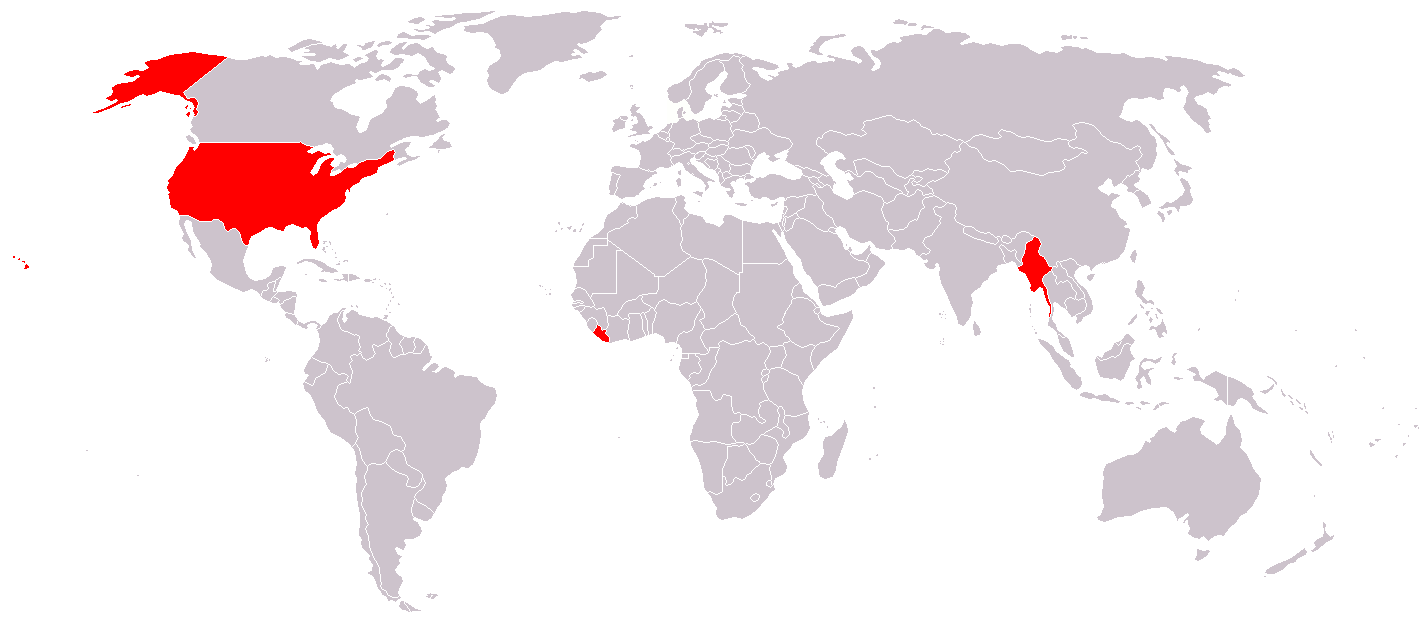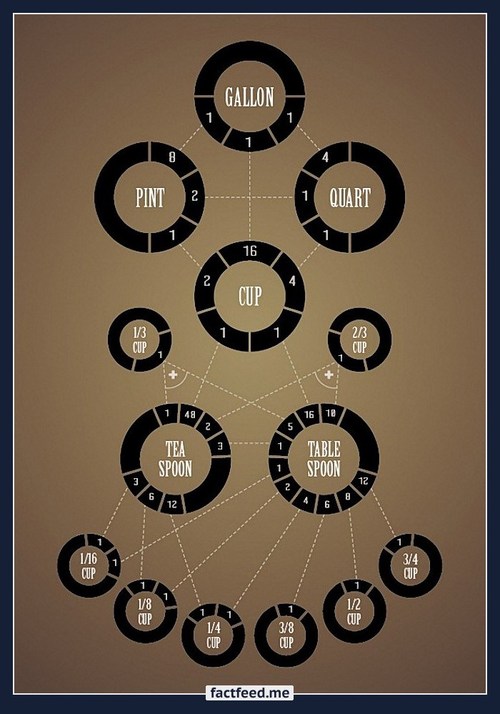(il s’agit d’une archive que j’ai retrouvée, et je trouve tout à fait dans l’esprit de what-if xkcd.)
Le père Noël existe-t-il vraiment?
Par l’absurde, supposons que le Père Noël existe vraiment.
Il y a approximativement deux milliards d’enfants de moins de 18 ans
sur Terre.
Cependant, comme le Père Noël ne visite pas les enfants Musulmans, Hindous, Juifs,
Bouddhistes ou Shintoïstes (sauf peut-être au Japon…), ceci réduit la charge de
travail pour la nuit de Noël à en gros 380 millions d’enfants.En comptant une moyenne de 3.5 enfants par foyer, cela revient à 108 millions de
foyers à visiter, 54 millions en présumant que chacune comprend au moins un enfant
sage. Le Père Noël dispose d’environ 31 heures de labeur dans la nuit, grâce aux
différents fuseaux horaires et à la rotation de la Terre, dans l’hypothèse qu’il
voyage d’Est à l’Ouest, ce qui paraîtrait plutôt logique.
Cela revient à 967.7 visites par seconde…Cela signifie que pour chaque foyer Chrétien contenant au moins un enfant sage, le
Père Noël dispose d’environ un millième de seconde pour parquer le traîneau, sauter en
dehors, dégringoler dans la cheminée, remplir les chaussettes, distribuer le reste des
cadeaux au pied du sapin (et le chercher s’il n’est pas bien mis en évidence !),
déguster les quelques friandises laissées à son intention, regrimper dans la cheminée,
enfourcher le traîneau et passer à la maison suivante…
En supposant que chacun de ces 108 millions d’arrêts sont distribués uniformément à la
surface de la Terre (hypothèse que nous savons fausse, bien sûr, mais que nous
accepterons en première approximation), nous devons compter sur environ 1.4 kilomètres
par trajet.Cela signifie un voyage total de plus de 150 millions de kilomètres – sans compter les
détours pour se ravitailler ou faire pipi. Le traîneau du Père Noël se déplace donc à
1 170 kilomètres par seconde soit 3000 fois la vitesse du son (à titre de comparaison,
le véhicule le plus rapide fabriqué par l’homme, la sonde spatiale Ulysse, se
“traîne” à 49 kilomètres par seconde et un renne moyen peut courir au mieux de sa
forme à 27 kilomètres par heure…).La charge utile du traîneau constitue également un élément intéressant… En supposant
que chaque enfant ne reçoit rien de plus qu’un cadeau de un kilo (une boîte de Lego
par exemple), le traîneau supporte plus de 500 000 tonnes (emballage et étiquette avec
le nom de l’enfant, pour ne pas se tromper parmi les 380 millions de cadeaux, étant
compris), sans même compter le poids non négligeable du Père Noël lui-même.Sur Terre, un renne conventionnel ne peut tirer plus de 150 kilogrammes. Même en
supposant que le fameux renne volant soit dix fois plus performant, le boulot du Père
Noël ne pourrait jamais s’accomplir avec 8 ou 9 bestiaux, non, il lui en faudrait
environ 360 000 (aux arrondis près puisqu’on ne peut considérer que des rennes
entiers). Ceci alourdirait la charge utile, abstraction faite du poids du traîneau, de
54 000 tonnes supplémentaires.554 000 tonnes voyageant à 1 170 km/s créent une énorme résistance à l’air. Celle-ci
ferait chauffer les rennes, au même titre qu’un engin spatial rentrant dans
l’atmosphère terrestre. Les deux rennes en tête du convoi absorberaient chacun une
énergie de 14 300 Joules chaque seconde. En bref, ils flamberaient instantanément,
exposant dangereusement les deux rennes suivants. Tous les rennes seraient ainsi
complètement vaporisés en 4.26 millièmes de seconde, soit juste le temps pour le Père
Noël d’atteindre la 5ème maison de sa tournée (si à l’instant initial il se trouve à
la première).Pas de quoi s’en faire de toute façon, puisque le Père Noël, en passant de manière
fulgurante de 0 à 1 170 km/s en un millième de seconde, subirait une accélération de
17 500 G. Un père Noël de 125 kg (ce qui semble ridiculement peu) se retrouverait
plaqué au fond du traîneau par une force de 2 157 507.5 kg, l’écrabouillant
instantanément…On aboutit donc à une contradiction.C’est pourquoi, si le Père Noël a existé, il est mort maintenant…
Joyeux Noël à tous tout de même!
 Continue reading
Continue reading








